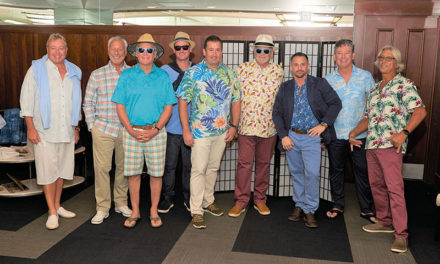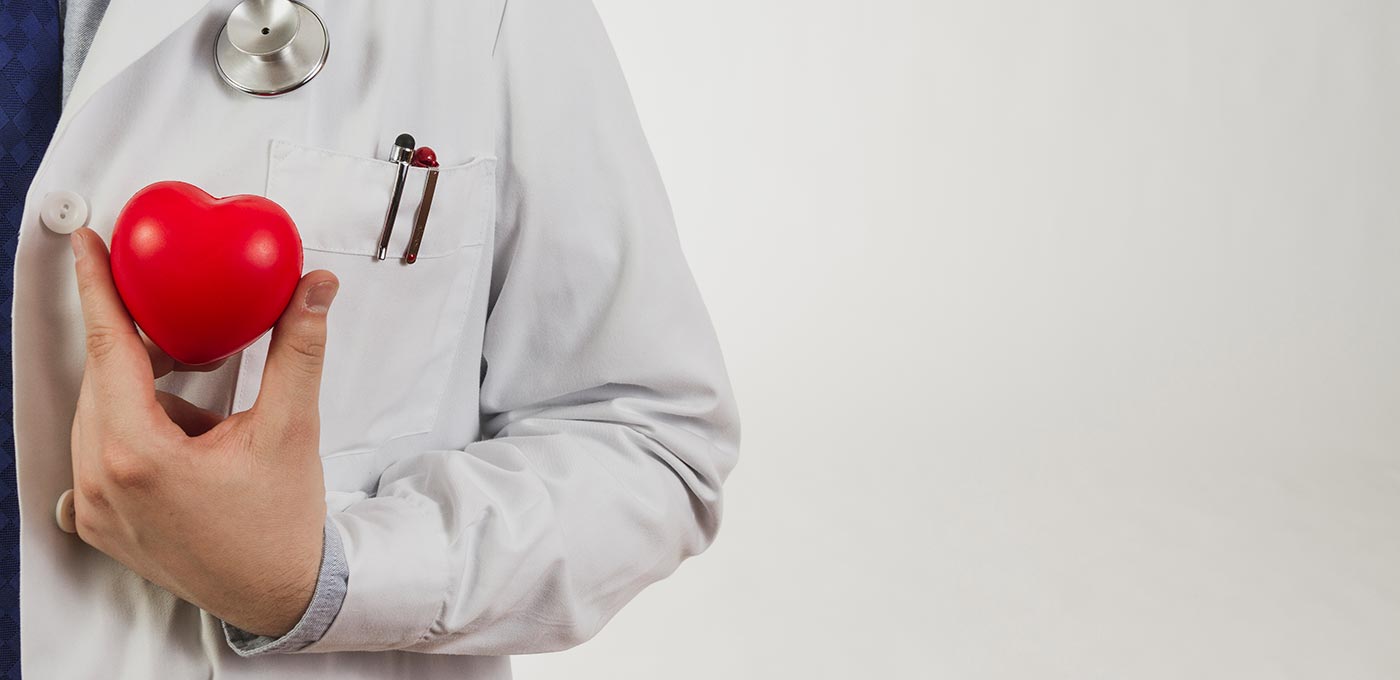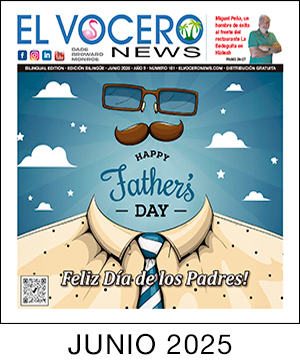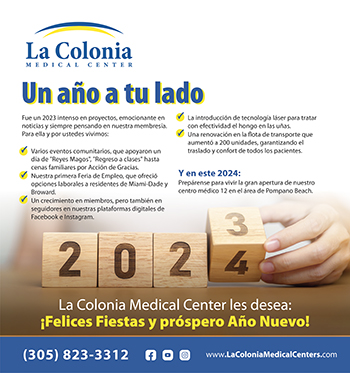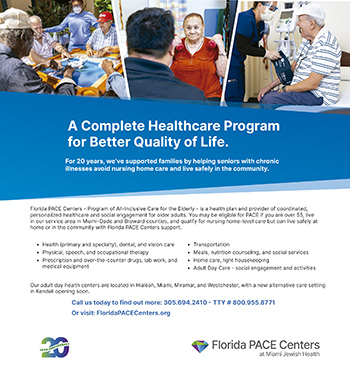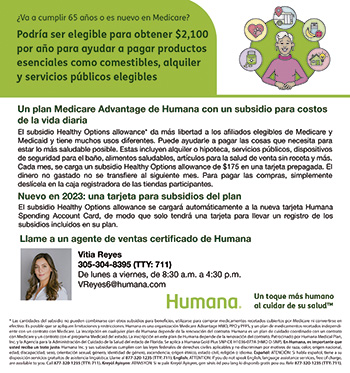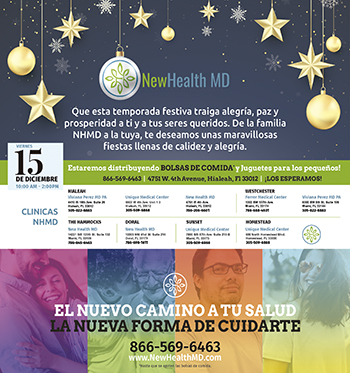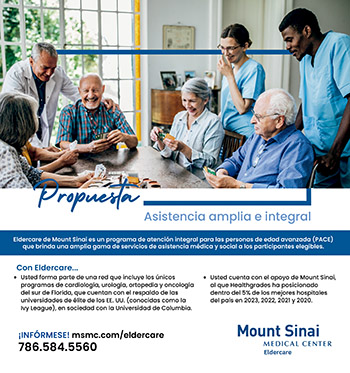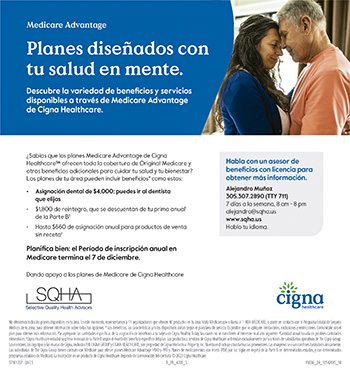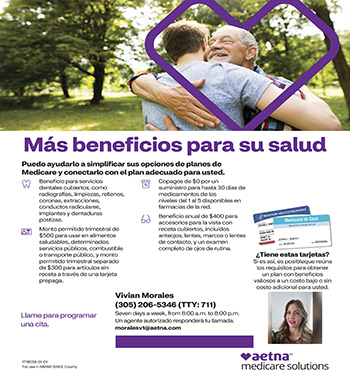Daniel Brady, Ph.D.
Miami Shores Resident
I was sitting at my desk working on balancing a checkbook when my wife came over to help me find a check and noticed I had slumped over in the chair. My wife noticed I was making a gasping noise, had a facial droop and quickly called 911. Miami-Dade Fire Rescue showed up at our home within a matter of minutes. Thanks to the first responders and my wife’s quick reaction time I was at North Shore Medical Center within 25-minutes of having the initial onset of an ischemic stroke.
At the hospital, I underwent a CT scan and they diagnosed me with a large vessel occlusion which occurs when there is a blockage in the blood vessel supplying blood to the brain. I had a 2 cm blood clot blocking blood flow to the right hemisphere of my brain. They made a quick decision to provide me with a stroke intervention to provide blood back to my brain. Dr. Sonal Mehta, an interventional neurologist and Medical Director of the Stroke Program at the hospital, used a small catheter he navigated from my femoral artery all the way up to my brain to retrieve and remove the blood clot from my body. Because North Shore Medical Center is a Thrombectomy-Capable Stroke Center Dr. Mehta was able to quickly administer this lifesaving treatment.
When I woke up from the procedure, Dr. Mehta and Jill Figueroa, an advanced practice registered nurse (APRN) and Stroke Coordinator at North Shore Medical Center, we’re right by my side. I was able to communicate in a full conversation with Dr. Mehta and Jill. Following their instructions, I was able to lift my arms and legs. Dr. Mehta said he knew at that time I had a really good chance of doing well moving forward because my early improvement was a very promising sign. They told me I was going to be okay which was reassuring to me because I knew in my mind something fairly serious had happened. Jill also called my wife to share the good news and my improved condition.
To this day, I attribute my recovery to the skill of Dr. Mehta’s interventional neurology expertise and the dedication of his hospital team as well as the initial speed of emergency medical services (EMS) in getting me quickly to North Shore Medical Center’s Comprehensive Stroke Center. After I recovered from the removal of the large blood clot, I found out that 25 percent of the people who have this type of severe stroke end up dying. Of those who live 50 percent suffer some type of disability given the size of the clot and where it occurred in my brain. I had little if any residual effects from this stroke on my brain function.
Everybody I know including my siblings regards my recovery from this type of stroke as miraculous. They were happy to see I only suffered minimally from my stroke. My father had a very serious stroke when he was about my age and never really fully recovered.
Today, I am back to exercising including lifting weights and doing sit-ups, walking and riding my bike. My cardiologist checked me out after the stroke and said I was in good shape. I am a member of the Miami-Dade Age-Friendly Initiative and have been able to get back to participating as a board-member of various health and community organizations. In addition, I am a volunteer for the Pelican Harbor Seabird Station and after my stroke was able to help rescue and provide rehabilitation to sick, injured and orphaned native wildlife. Thanks to Dr. Mehta and the care I received, I have returned to a normal quality of life.


